Karela White Bitter Gourd White F1 Pack of 10 Seeds
₹70.00
In stock
SKU: Karela Bitter Gourd White
Category: Vegetable seeds
Karela White Growing also known as bitter gourd or bitter melon, from seeds is a straightforward process. Here’s a step-by-step guide to help you cultivate karela in your garden:
1. Karela White Seed Selection:
- Choose high-quality karela seeds from a reputable source. There are different varieties available, so select one that suits your preferences and growing conditions.
2. Starting Seeds Indoors:
- Karela plants are sensitive to cold temperatures, so it’s often beneficial to start seeds indoors. Plant seeds in small pots or seed trays filled with a seed-starting mix.
- Sow the seeds 1/2 to 1 inch deep and cover them lightly with soil. Water the soil thoroughly.
3. Germination:
- Keep the seed trays or pots in a warm location with temperatures between 75°F to 90°F (24°C to 32°C) to promote germination.
- Karela seeds typically germinate within 1 to 2 weeks. Once the seedlings have emerged, thin them to leave only the healthiest plants.
4. Transplanting Seedlings:
- Transplant the seedlings outdoors after the last frost in your area. Choose a sunny location with well-drained soil.
- Space the plants about 12 to 18 inches apart, as karela vines can spread.
5. Outdoor Care:
- Bitter gourd plants prefer warm temperatures and full sunlight. Ensure they receive at least 6-8 hours of direct sunlight daily.
- Provide support for the vines, such as trellises or stakes, as bitter gourd is a climbing plant.
6. Soil and Fertilization:
- Bitter gourd grows well in well-draining, fertile soil. Add organic matter, such as compost, to improve soil structure.
- Use a balanced fertilizer at the time of planting and side-dress with additional fertilizer during the growing season.
7. Watering:
- Keep the soil consistently moist but not waterlogged. Bitter gourd plants prefer slightly moist conditions.
8. Pruning:
- Prune the plant as needed to control its size and encourage air circulation. Bitter gourd can become a vigorous vine, and pruning helps manage its growth.
9. Pests and Diseases:
- Keep an eye out for common pests such as aphids, whiteflies, and mites. Use organic or chemical controls if needed.
- Bitter gourd can be susceptible to fungal diseases, so ensure good air circulation and avoid overhead watering.
10. Harvesting:
- Bitter gourd is typically ready for harvest 10-12 weeks after planting. Harvest the fruits when they are young and tender, about 4-6 inches in length.
- Regular harvesting encourages the plant to produce more fruits.
Be the first to review “Karela White Bitter Gourd White F1 Pack of 10 Seeds” Cancel reply
You must be logged in to post a review.



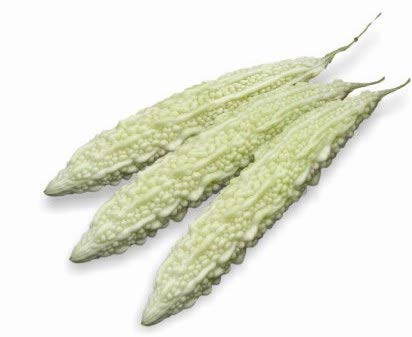



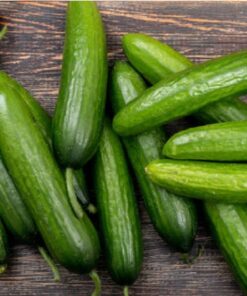
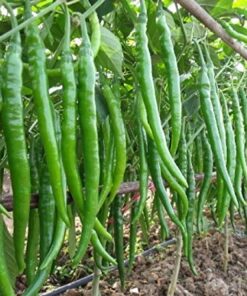
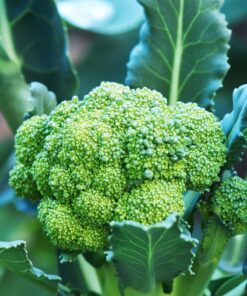
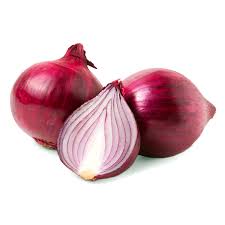
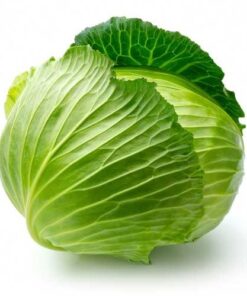
Reviews
There are no reviews yet